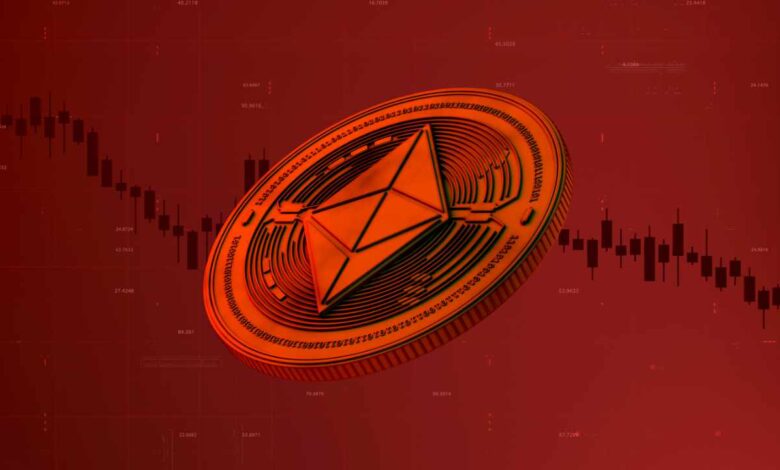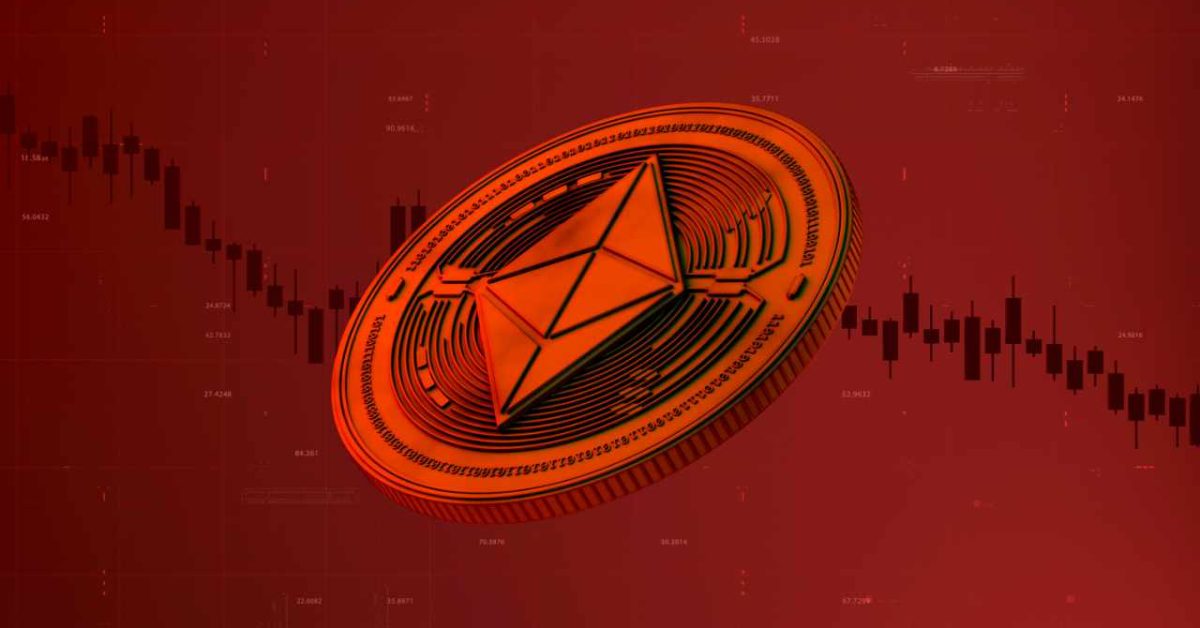Sell-off Alert! Ethereum Whales Begin Dumping – Price Could Dip to $2,300


In the last few days, the overall cryptocurrency market has been experiencing notable selling pressure, potentially due to the profit booking or the recent Bitcoin (BTC) move by Mt. Gox. Amid this selling pressure, Ethereum (ETH) whales have started dumping significant ETH as reported by Lookonchain.
Big Moves by Ethereum Whales
On August 27, 2024, the on-chain analytic firm Lookonchain made several posts on X (Previously Twitter) stating that two Ether Whales have sold 8,208 ETH worth $21.59 million near the $2,630 level. The reason behind this sell-off was to repay debts on Aave and avoid liquidation.
2 whales sold 8,208 $ETH($21.59M) at $2,630 on-chain and repay debts on #Aave to avoid being liquidated.
Address:
0xbebcf4b70935f029697f39f66f4e5cea315128c3
0x1F244e040713B4139B4D98890Db0d2D7D6468de4 pic.twitter.com/6dx1LBqmxX— Lookonchain (@lookonchain) August 27, 2024
Meanwhile, another whale deposited a notable 19,000 ETH worth $49.17 million into the Coinbase cryptocurrency exchange to sell it, according to Lookonchain’s recent post. Additionally, the same whale has deposited 5,145 ETH worth $13.3 million into Binance to sell it.
Massive ETH Sell-Off Continues
Despite the recent dump, on August 26, 2024, whales and institutions like AmberGroup and Cumberland dumped over $60 million worth of ETH. This data shows, that in less than 48 hours, all whales and institutions combined have sold off over $143 million worth of Ethereum, which is enough to create selling pressure in the market.
Ethereum Price Prediction
These notable sell-offs by Whales and institutions have created a massive sell-off in ETH, resulting in the breakdown of the bearish rising wedge price action pattern.

According to expert technical analysis, Ether looks bearish and is currently in a downtrend, as it is trading below the 200 Exponential Moving Average (EMA) on a daily time frame. Additionally, it is near a crucial support level of $2,540 level. If ETH fails to hold this level, there is a high possibility it could fall to the next support level of $2,300.
At press time, ETH is trading near the $2,580 level and has experienced a price drop of over 4% in the last 24 hours. Meanwhile, its trading volume has increased by 7.5% during the same period, indicating higher participation from traders amid price decline.



